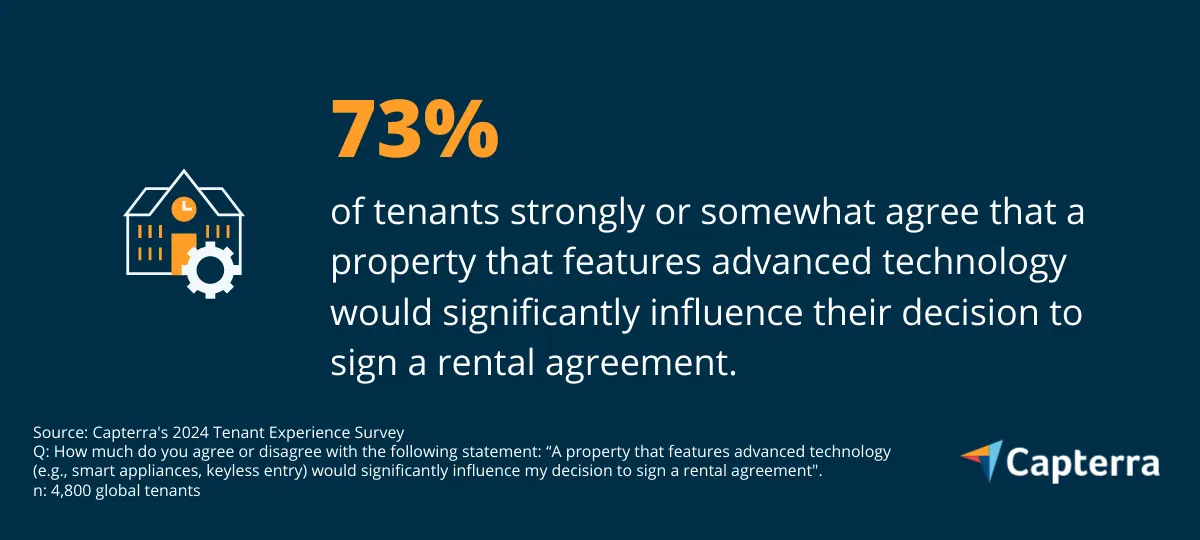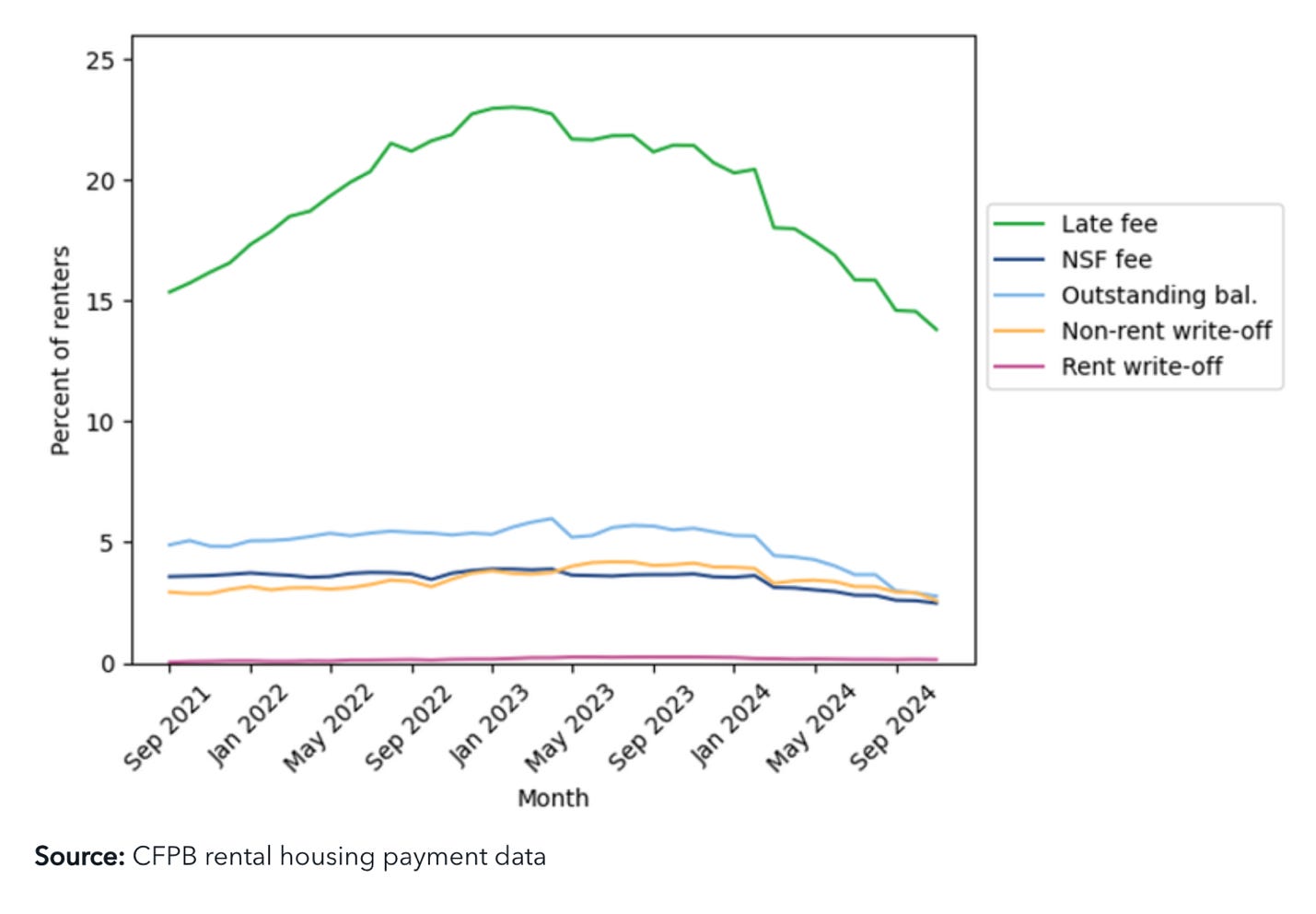The Next Generation of Multifamily Metrics
Operators are gaining insights by going beyond vacancy, renewal, and opex ratio. Here are ten metrics they're watching.
Today’s Thesis Driven is a guest letter from Gaurav Madani. A table tennis player turned business professional, Madani is Chief Revenue Officer at Leni, an AI-powered reporting and decision-making system for real estate asset owners and operators.
The metrics we choose shape the value we perceive. Consider baseball: until recently, a player's worth boiled down to their batting average, RBIs, and home runs. Simple enough. Then technology stormed the diamond: Statcast, heatmaps, launch angles, spin rates, and exit velocities became household terms.
Suddenly, we weren't just counting obvious stats but unearthing deeper stories—how a subtle shift in swing mechanics could unlock power, or how precise positioning could turn good defenders into great ones.
The rules of the game also adapted, responding directly to what fans crave. Shorter, faster-paced formats like timed pitch clocks and extra-inning runners-on-base have nudged players to evolve, trading patience for urgency, even if it chips away at traditional stats. The game's evolving yardstick doesn’t just measure performance—it reshapes its very definition of greatness.
A similar phenomenon taking shape in the multifamily industry today. For decades, investment decisions have been made based on metrics such as occupancy rates, rent rolls, cap rates, and operating expenses—numbers that offer a neat snapshot of performance on paper.
But with IoT sensors, smart meters, and integrated digital platforms, new metrics such as real-time tenant engagement, operational efficiency, and energy usage patterns have emerged that will change how properties are evaluated and operated.
Today’s letter will explore ten metrics redefining how multifamily assets are evaluated.
Lease Retention Predictive Scores
Lease renewal rates have historically been backward-looking and provide little insight into future resident behaviors. Predictive models, on the other hand, analyze digital interactions, service requests, rent payment patterns, and sentiment analysis from online reviews to forecast the likelihood of a tenant renewing their lease. Tracking this metric allows operators to adjust incentives, improve service responsiveness, and proactively address potential future churn.
A simple, practical structure to calculate retention likelihood looks like this:
Predictive lease retention scores aren't just about reducing churn—they directly boost NOI by cutting turnover expenses and vacancy loss, enhancing resident satisfaction with personalized renewal offers, and driving faster, smarter operational decisions.
For example, operators who monitor tenants with low predictive retention scores whose leases expire soon could proactively reach out with personalized incentives—like minor unit upgrades or fee waivers—to encourage renewals. This targeted approach helps reduce turnover costs and stabilize occupancy.
Energy Efficiency Index (EEI)
Energy performance has become a key investment consideration with growing ESG (Environmental, Social, and Governance) pressures and rising utility costs. EEI assesses real-time energy consumption, waste output, and carbon footprint per unit. High-efficiency properties often command premium rents, lower operating expenses, and gain access to green financing options.
EEI isn’t just a vanity sustainability metric; it's about comparing performance relative to similar multifamily assets— tracking metrics like kWh per sq. ft., water use intensity, or waste reduction rates matter. Institutional investors increasingly prioritize properties with higher EEI scores, often rewarding them with valuation premiums due to their alignment with ESG mandates.
High EEI performance unlocks better financing terms, lower interest rates, and specialized lending programs, such as Fannie Mae’s Green Rewards or Freddie Mac’s Green Advantage. Improving EEI goes beyond optics—it leads to real operational efficiencies, reducing expenses like energy and water costs, thereby enhancing NOI performance directly.
Here are some ways in which EEI-related metrics can be calculated:
a. Energy Use Intensity (EUI)
b. Water Use Intensity (WUI)
c. Waste Diversion Rate (%)
EEI is more than just a benchmark—it's a strategic lever driving both sustainability and financial returns in multifamily real estate. Operators who proactively optimize EEI-related metrics position themselves for long-term competitive advantage and higher asset valuation.
3. Smart Maintenance Cost Per Unit
Traditional maintenance costs are often aggregated into a lump sum, offering limited strategic value. Smart Maintenance Cost Per Unit disaggregates expenses by tracking IoT sensor alerts, predictive maintenance interventions, and technician response times. This allows investors to compare properties not just by age or asset class but by real-time operational efficiency.
A simple approach for calculating this metric would look like:
Key cost components here typically include:
Sensor installation and maintenance (e.g., leak detectors, HVAC sensors)
IoT platform subscriptions for real-time monitoring and analytics
Labor costs specifically linked to predictive maintenance tasks triggered by analytics insights
Smart Maintenance Cost per Unit is most impactful for institutional-grade portfolios, newly built or recently renovated assets, where upfront investment in smart systems is justified by operational savings that follow. For smaller-scale, older, or Class C properties, the ROI typically doesn’t justify the significant initial costs involved.
4. Tenant Digital Engagement Score
A growing portion of resident interactions now occur through digital platforms—online payments, service requests, resident portals, and community forums. A Tenant Digital Engagement Score aggregates these interactions into a quantifiable metric, providing insight into how actively residents use available digital amenities.
Properties with high digital engagement report lower vacancy rates, higher lease renewals, and improved operational efficiencies. In addition to this, large language models enable operators to analyze not just the quantity but also the sentiment behind their resident engagements, thereby helping them gain granular insights into how each individual resident residing at their property feels about their overall experience.
It’s helpful to think of Tenant Digital Engagement as if fans were attending a baseball game. While ticket sales (logins, portal activity) indicate attendance, understanding true engagement means noticing if fans are actively cheering (positive feedback, frequent amenity use), regularly visiting concessions (consistent online payments or service requests), or quietly leaving early (declining portal interaction). Monitoring these subtle signals objectively helps operators proactively maintain satisfaction and retention before issues arise.
5. Lead-to-Lease Conversion Efficiency
Marketing expenses remain among the highest non-operational expenses in multifamily real estate, yet many investors track only raw lead volume. Lead-to-lease efficiency measures how well marketing efforts translate into actual leases, factoring in response times, follow-up cadences, and source attribution.
The math involved in calculating this metric is straightforward, but to optimize it, consider factors such as response speed, source attribution, follow-up cadence, and the quality of lead qualification. Since this is a metric most operators should be tracking, listed below are a few tips on how to enhance insights into leasing funnels:
Granular Tracking: Sophisticated operators measure conversion rates separately for online inquiries, walk-ins, referrals, and digital ad sources, making it easier to adjust budgets strategically.
Benchmarking Matters: Comparing conversion metrics against industry benchmarks (15-25% overall) can reveal immediate areas for improvement.
AI-enhanced Leasing Funnels: Properties utilizing conversational AI to qualify and follow up on leads often improve conversion rates by 15-20% while significantly cutting staff workloads.
By leveraging lead-to-lease data as a “demand radar,” operators can identify overlooked resident segments, rapidly adjust their marketing strategies, and refine follow-up procedures. Evaluating each lead source as a testing ground for new messaging or amenities provides deeper consumer insights and maximizes marketing spend. Over time, lead-to-lease efficiency emerges as a catalyst for strategic agility, shifting marketing from a reactive cost center to a proactive driver of growth.
6. Predictive Delinquency Risk Score
Late payments and delinquencies are traditionally managed reactively. But AI-driven predictive risk models now analyze tenant behavior—such as payment history, financial stress signals, and external economic indicators—to flag high-risk residents before issues arise.
A proactive approach allows operators to implement early interventions, such as flexible payment plans and reducing non-performing accounts.
Predictive Delinquency Risk can be calculated as follows:
Predictive Delinquency Risk scoring works best for institutional-grade or larger Class A/B portfolios, where tailored interventions justify the analytics investment. Smaller or older properties may still benefit but typically require simpler, less costly models to achieve positive ROI.
7. Common Area Utilization Rate
As remote and hybrid work patterns reshape tenant preferences, common area usage has become a driver of resident satisfaction. This metric tracks usage patterns for shared spaces such as coworking lounges, gyms, and rooftop amenities. Underutilized spaces present opportunities for repurposing, while high-traffic amenities can be monetized through premium memberships or event hosting.
Calculating common area utilization doesn't have to involve complex technology; straightforward methods like resident sign-in logs, periodic visual checks, or short resident surveys can effectively highlight actual amenity usage patterns and inform smarter decisions.
8. Resident Lifetime Value (RLTV)
Similar to customer lifetime value (CLTV) in SaaS businesses, RLTV measures the total economic contribution of a tenant over their entire stay, factoring in rent payments, amenity usage, and additional services.
Investors focused on long-term cash flow sustainability use RLTV to assess tenant quality rather than just rent roll projections.
Beyond simply tracking rental income, Resident Lifetime Value (RLTV) helps operators objectively segment tenants, tailor additional revenue-generating services, and strategically allocate renewal incentives. Improving RLTV can meaningfully enhance NOI, reduce tenant acquisition costs, and increase asset value—potentially unlocking more attractive financing and investment opportunities.
In a market increasingly shaped by tenant retention and ancillary revenue streams, systematically measuring RLTV offers a distinct edge. By quantifying each tenant’s total economic contribution, operators can refine renewal incentives, tailor amenities, and allocate capital more strategically. Over time, focusing on RLTV drives predictable cash flows strengthens NOI, and enhances asset values.
9. Short-Term Rental Exposure Score
With the rise of Airbnb-style rentals within multifamily buildings, investors increasingly need visibility into short-term lease exposure. This metric quantifies the percentage of units sublet through short-term rental platforms and analyzes its impact on building reputation, lease stability, and NOI volatility.
Buildings with higher short-term rental exposure may face regulatory risks or increased tenant turnover, affecting asset valuation.
Think of short-term rental exposure like adding temporary vendors into a shopping mall—while it may boost short-term revenue, it could also impact long-term tenant satisfaction, regulatory compliance, and the overall consistency of cash flow. Tracking this objectively helps you balance potential gains against longer-term risks. Measuring Short-Term Rental Exposure clearly quantifies risk, guiding strategic decisions about balancing immediate revenue opportunities with long-term asset valuation and resident satisfaction.
10. AI-Driven Rent Elasticity Score
Traditionally, rent pricing has been benchmarked against historical comps and market averages. AI-driven elasticity models dynamically adjust rents based on real-time demand signals—unit-level search activity, application volume, competitor pricing shifts, and local economic data.
Dynamic rent pricing can increase revenue per available unit (RevPAU) by up to 5% in high-demand periods while preventing vacancies in downturns.
Practical Considerations:
Elasticity scores are particularly valuable in high-demand urban markets or institutional portfolios, where even minor rent adjustments can significantly impact portfolio NOI.
Smaller, lower-demand markets or Class C assets may see less immediate ROI due to limited price elasticity or cost-effectiveness of advanced AI-driven pricing solutions.
If you have gotten this far, you deserve a bonus metric!
11. Time of Day/Day of Week Tracking
In multifamily operations, the specific hours and days when key activities occur can dramatically affect staffing efficiency, resident satisfaction, and overall profitability. By analyzing patterns of leasing office visits, maintenance requests, amenity usage, and even digital engagement across time slots, operators gain precise insight into when and where to deploy resources for maximum impact.
Tracking time-of-day and day-of-week usage patterns equips operators to align resources with real resident behavior. Calibrating staffing to peak leasing hours, scheduling maintenance in off-peak windows, and synchronizing energy-intensive tasks with lower utility rate periods drive both cost savings and resident satisfaction. Ultimately, data-driven scheduling bolsters NOI by reducing operational inefficiencies and delivering a more seamless resident experience.
For instance, an operator observes that a significant number of leasing inquiries and tours occur after 6 p.m. on weekdays. By staffing an additional leasing agent during these late afternoon and evening hours, they reduce wait times, convert more leads, and capture increased rent revenue. Meanwhile, scheduling cleaning crews or minor repairs during slower midday periods keeps maintenance noise from interfering with tours, further improving the resident and prospect experience.
Time-of-day and day-of-week tracking translates raw activity logs into actionable operational schedules. By aligning staff availability, maintenance tasks, and amenity management with real-world usage patterns, operators not only save on labor and utility costs but also create a smoother resident journey—directly contributing to higher NOI and stronger asset performance.
The metrics guiding multifamily investment and operational decisions are evolving rapidly. While traditional KPIs such as occupancy and cap rates remain foundational, they are increasingly supplemented by technology-driven insights that capture a more holistic picture of an asset’s health. However, operators should be cautious not to overinvest in tracking metrics merely because they’re available. It's essential to prioritize and track metrics that directly align with specific operational goals and investment strategies.
Competitive advantage in real estate going forward won’t be achieved solely from picking the right location or adding the right amenities—but also from how well data is leveraged to drive a competitive advantage.
—Gaurav Madani



















